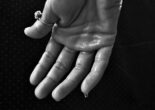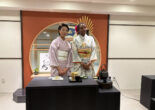Are you struggling to learn Japanese? Still having difficulty when it comes to reading kanji? Let me give you some tips that will have you learning kanji in no time!
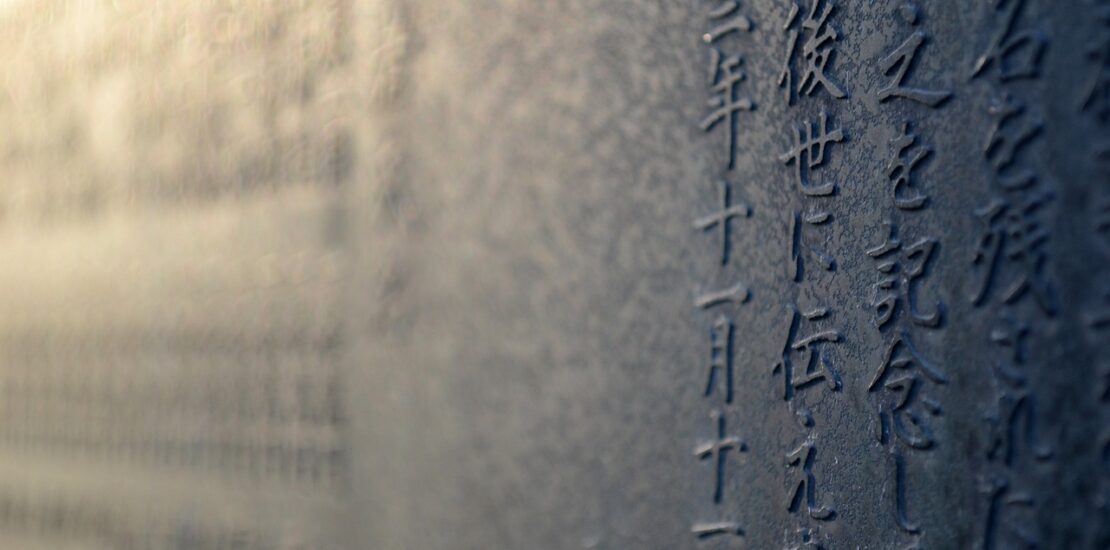
What’s Your Update?!
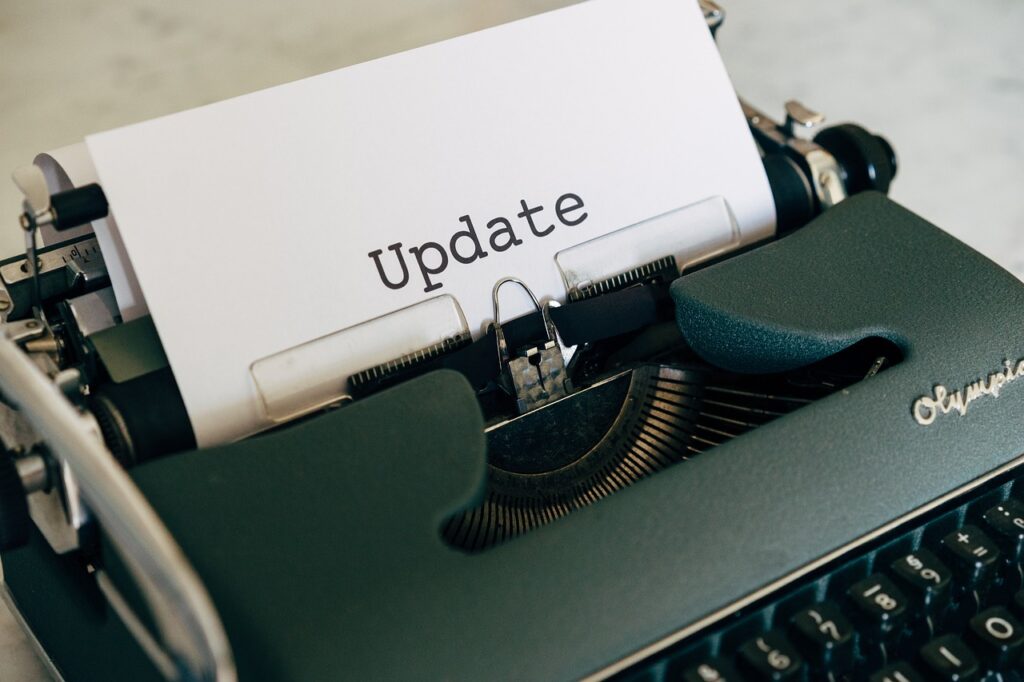
OK! Update me! How is your studying going? If you implemented my previous tips, you should be seeing progress in your Japanese skills. Now that you better understand the basics when it comes to grammar, vocabulary, hiragana, and katakana, I am happy to say that we can move on to our conversation about kanji.
But first things first, if you’re not all caught up, please check out the previous articles here.
Part 1: Let’s Study Japanese: Study Methods for Learning Japanese Part 1 – Tokyo Room Finder Blog
Part 2: Let’s Study Japanese: Tips for Learning Japanese Hiragana & Katakana Part 2 – Tokyo Room Finder Blog
Part 3: Let’s Study Japanese: Tips for Learning Japanese Grammar & Vocab Part 3 – Tokyo Room Finder Blog
It’s For A Better Good!
In the previous article about the psychology behind studying, I mentioned how you have to change your way of thinking in order to get the most out of your study session. That being said, think about how annoying it is if we DIDN’T have kanji. It may seem like a struggle to learn, but I promise, your life would be difficult without it. I’ll just leave this meme here to prove my point ~
Kanji History

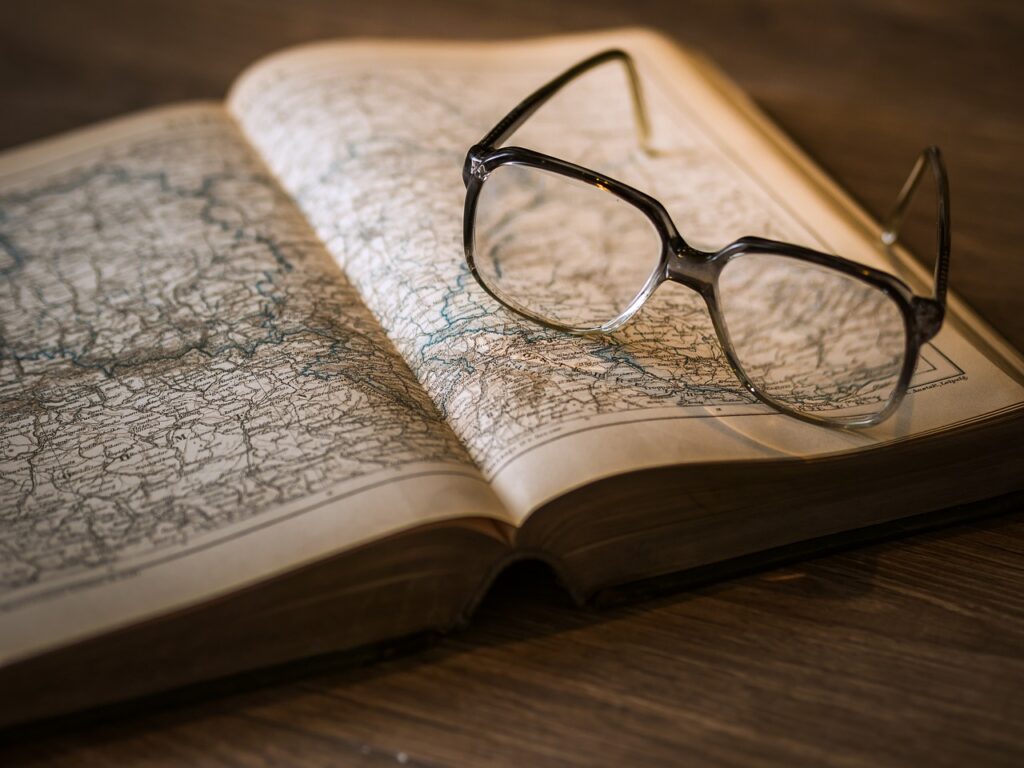
Just a little bit of background information about kanji 🙂
Kanji originates from China dating back to around 3300 years ago. In China, people actually used pyromancy, which is using fire and flames to communicate with gods. In this case, they used it to understand when the next rainfall would come or what they should do about crops. This is probably the first time you’ve heard about this~ Pretty cool though, right?
Eventually, because Japan didn’t have a writing system, they adopted “characters”, AKA: Kanji, that were used by Chinese immigrants who came via the Korean peninsula. Through these Chinese characters, Japan also received different Chinese vocabulary that Japanese people adjusted to suit Japanese pronunciation. < It also occurred in a “vice versa” situation where China did the same thing with Japanese and they ended up exchanging words and influencing each other.>
You can also see something similar that happened in Korea because Koreans used kanji before creating their own writing system.
Hieroglyphics?
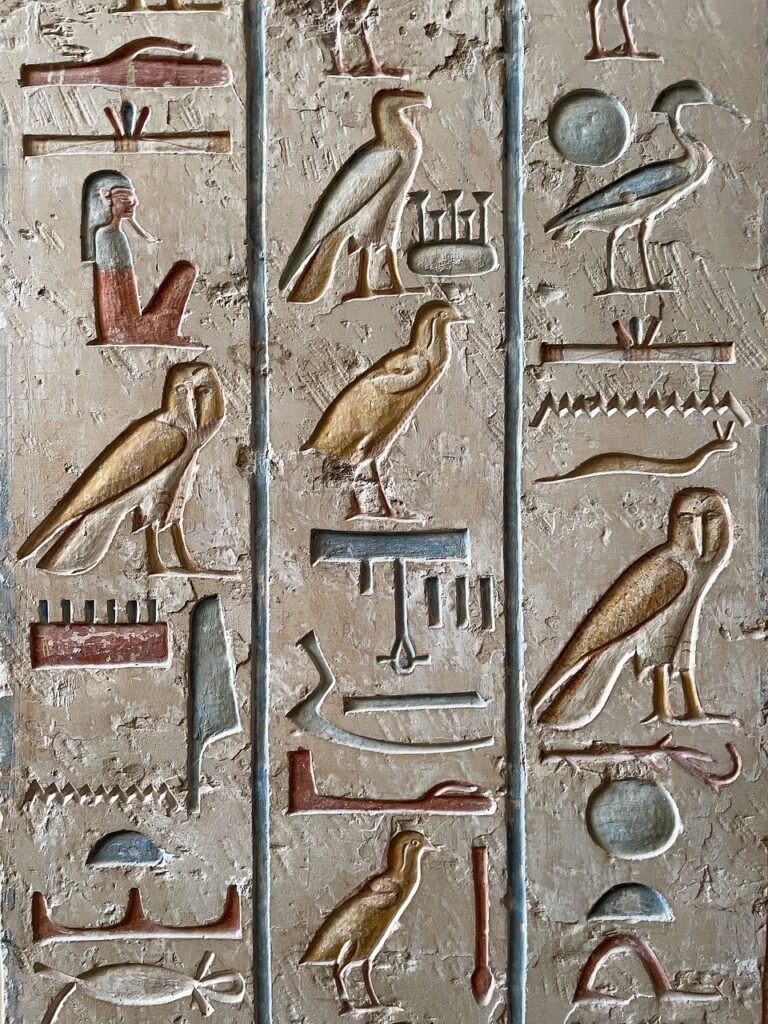
Now that you know a little bit more about the history of kanji, I would like you to almost think of it as reading hieroglyphics. Remember what I said about making this fun? I personally think that looking at hieroglyphics and thinking of it as a game where the picture represents a word and meaning makes it much more fun to learn.
Kanji Tips Tips Tips!

1)On-yomi and Kun-yomi!
You have to know the difference between these two readings and what they are.
On-yomi is basically used for kanji words that cannot stand alone and that have to have additional kanji surrounding them in order for the kanji to be a word.
On-yomi is also known as the original Chinese pronunciation of the word before it switched to the Japanese pronunciation.
Kun-yomi kanjis are based on the Japanese reading and are the opposite in that they can stand by themselves without needing another kanji paired with it in order to make it into a full word.
I wouldn’t say that you necessarily have to memorize these but do keep in mind that there can be different readings for different words. The more you study, the more natural you will get at just knowing how to pronounce words given the surrounding kanji and context
Example:
水(water)
Kun-yomi: 水(みず)
On-Yomi: 水(すい)
Words
・洪水(こうずい) flood
・水曜日(すいようび) Wednesday
・水遣り(みずやり)watering plants
2)Start with Learning Basic Words
First, learn the basic kanji words (ex. Numbers, objects, days of the week). I’m going to start by giving the same tip of looking in a mnemonic book just as I suggested for hiragana and katakana. Now, with kanji, the word actually looks like the symbol it represents, so you should have an easier time remembering.
Here’s the book I currently use and recommend:
3)Don’t Hesitate to Learn Radicals
Radicals are extremely important and are the basic parts/strokes of a kanji word that make up the kanji. For example, many water radicals have a small dash that looks like 氵
涙、海、汀 (waters edge)
(Don’t ask why I keep bringing up water, I don’t know why either haha)
Do you see the similarity in all of these words?
To learn more about water radicals <and radicals in general>, please check out this link:
As you learn more words, it’ll be easier to group them together and eventually figure out what a word means without even knowing how to say it based on the radicals that you remember.
4) Book It!
Get yourself a book that has kanji written with the hiragana above it so that you have an easier time searching it up in the dictionary app that I suggested to you in a previous article <this article here> . It’s important that you have fun studying and there are lots of books that have both kanji with the hiragana written above it along with an English translation to make sure that you 100000% understand. Please check out my recommendation below if you are interested in learning kanji through Japanese folklore and myths.
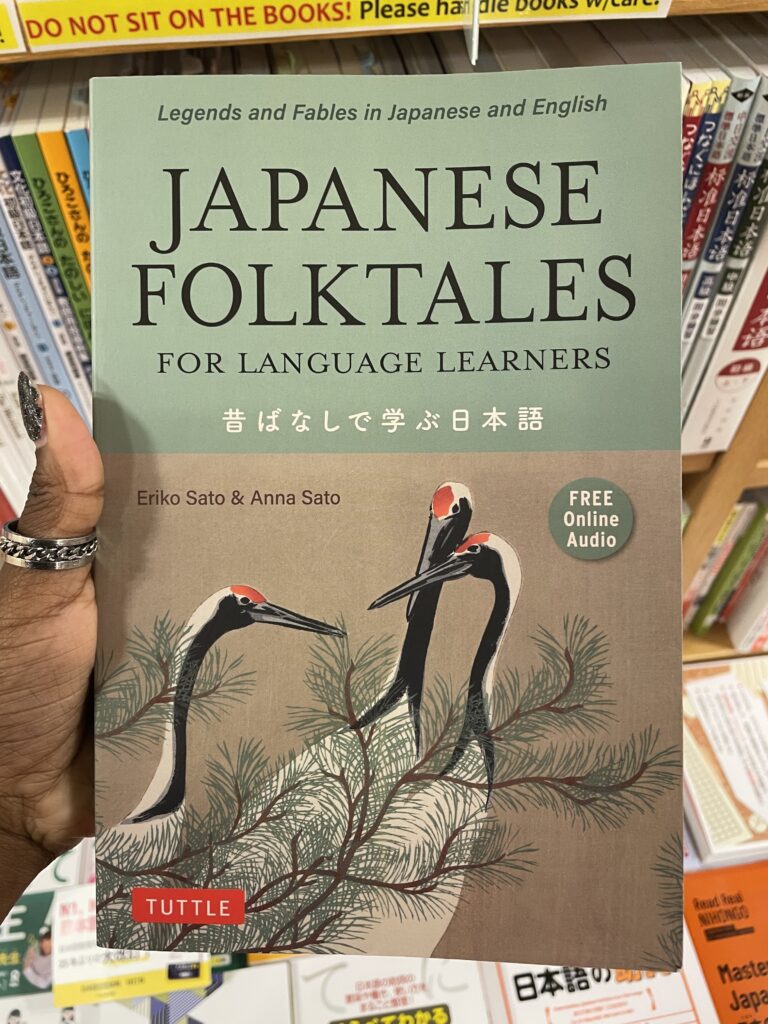
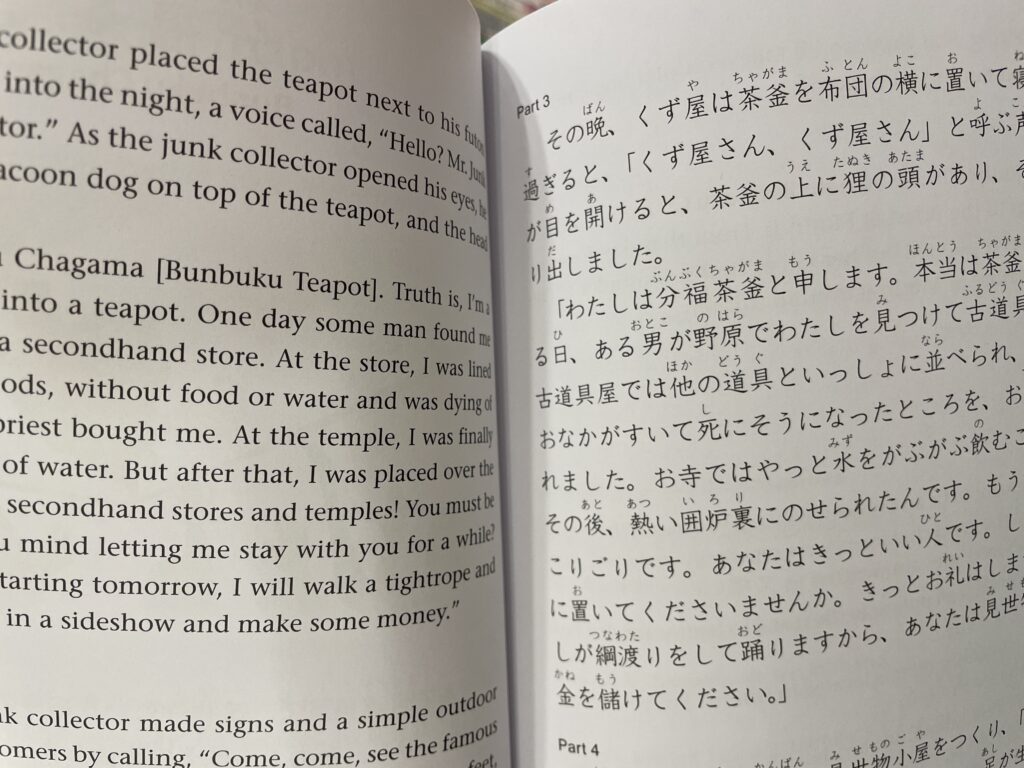
5)Heisig Method
This method was created by James Heisig and it basically goes like this~
You can remember Kanji by creating a story with the kanji that connects it to a mental image in your head in order to help you remember better. There seems to be a lot of debate on whether this method is most effective as it can be a bit time-consuming, but I’m sure that this method suits at least one person reading this and I wanted to list it here.
You can check out how it works here:
BONUS BOOK:
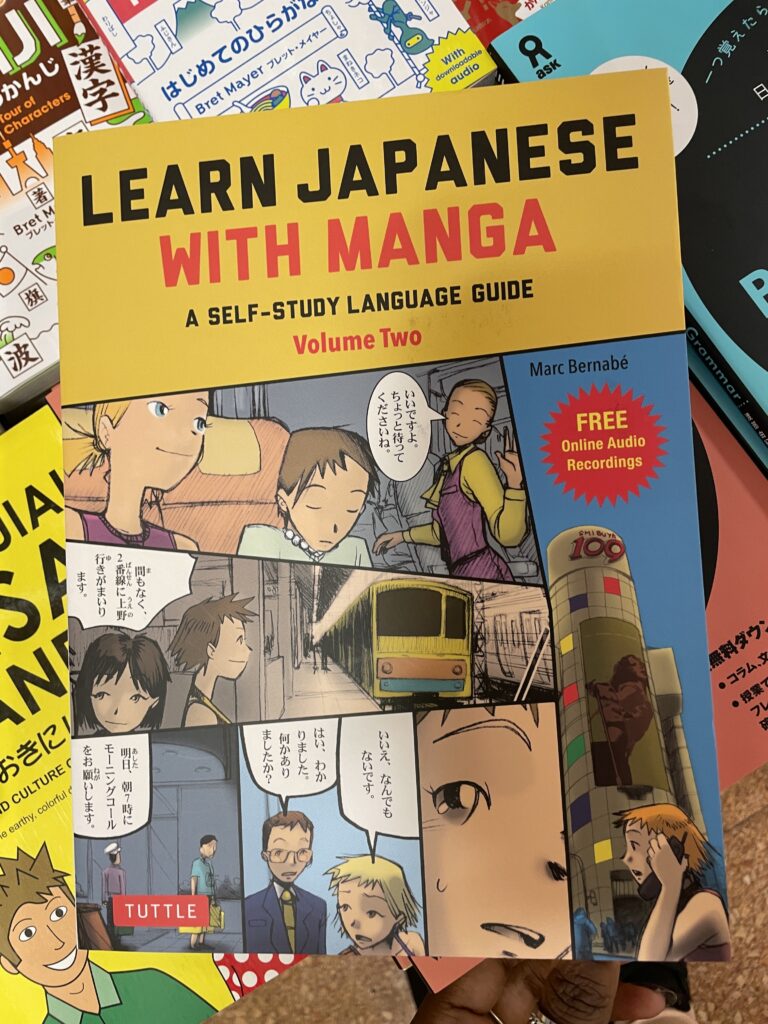
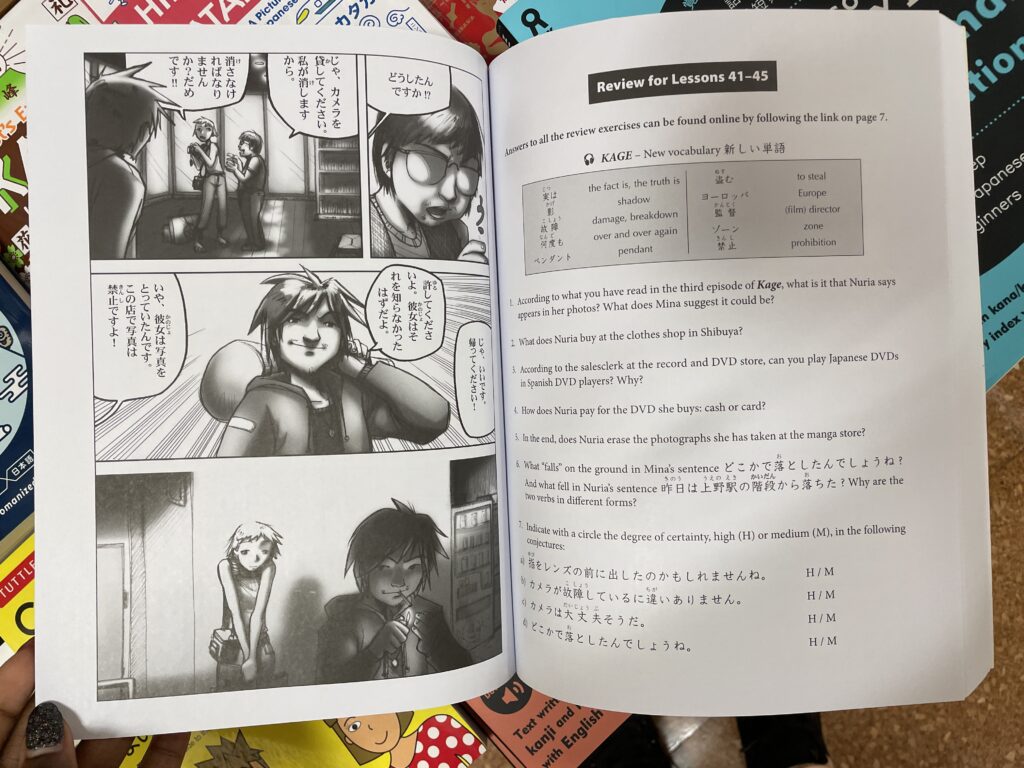
頑張ってね!あなたは最高でしょう!

Now we are at the end of the Japanese series (おめでとう!!!). Thank you so much for following along and reading through these articles. I truly hope that these articles helped you along with your Japanese learning journey. I know firsthand that it is not easy to learn a new language, but changing how you think about it and trying your best to have fun can make learning it much easier. Good luck and make sure to keep working hard! 🙂
Related Articles
Warning: Undefined array key "sfsi_threadsIcon_order" in /home/veremosglobal/tokyoroomfinder.com/public_html/blog/wp-content/plugins/ultimate-social-media-icons/libs/controllers/sfsi_frontpopUp.php on line 165
Warning: Undefined array key "sfsi_blueskyIcon_order" in /home/veremosglobal/tokyoroomfinder.com/public_html/blog/wp-content/plugins/ultimate-social-media-icons/libs/controllers/sfsi_frontpopUp.php on line 170
Warning: Undefined array key "sfsi_bluesky_display" in /home/veremosglobal/tokyoroomfinder.com/public_html/blog/wp-content/plugins/ultimate-social-media-icons/libs/controllers/sfsi_frontpopUp.php on line 266

